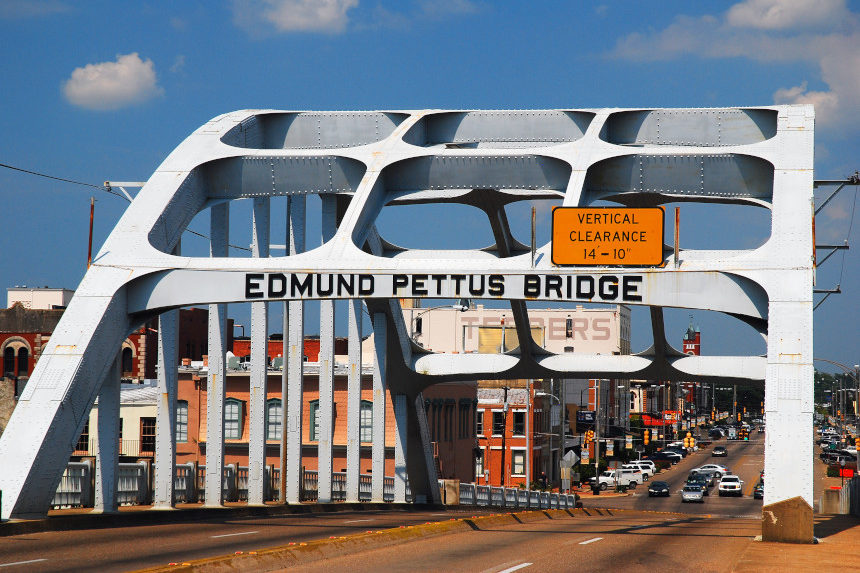Travel is an act of hope. To voyage into the unknown, we turn our backs to the familiar. Through 13 months of a pandemic, Americans have fantasized about palm trees on talcum powder beaches, and foreign capitals with fashionable café society. For so many of us, travel dreams keep us going.
The U.S. Civil Rights Trail is perhaps the most hopeful trip of all. In 2018, tourism boards across the South designated a series of landmarks to tell the story of America’s ongoing fight for voting rights and racial justice: The Edmund Pettus Bridge in Selma. A Woolworth lunch counter in Greensboro. A high school in Little Rock. Think of it as the stations of Dr. King’s “arc of justice.”
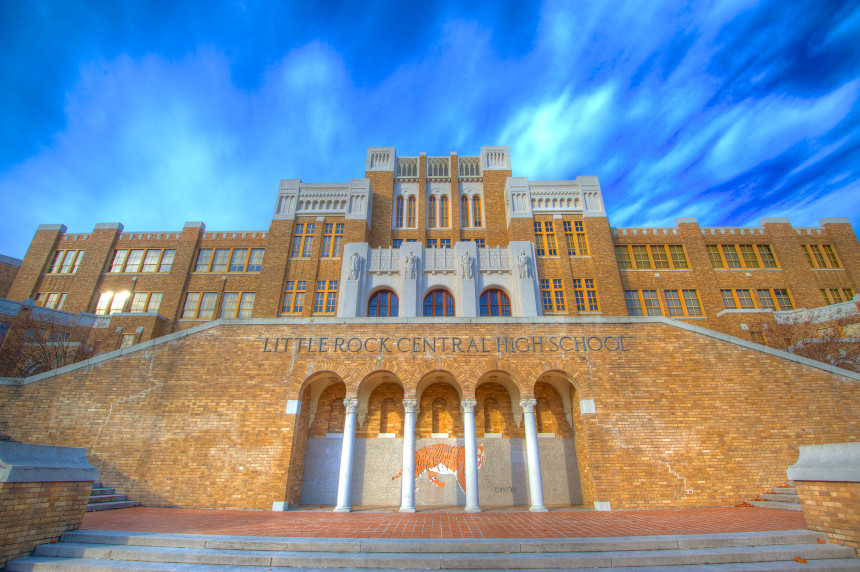
“These are celebrations of the accomplishments of the movement,” says Deborah D. Douglas, author of the first guide book to the Civil Rights Trail, published by Moon Guides in January. The road trip can take up to a month to complete, or can be broken down by segments into mini trips and weekend excursions.
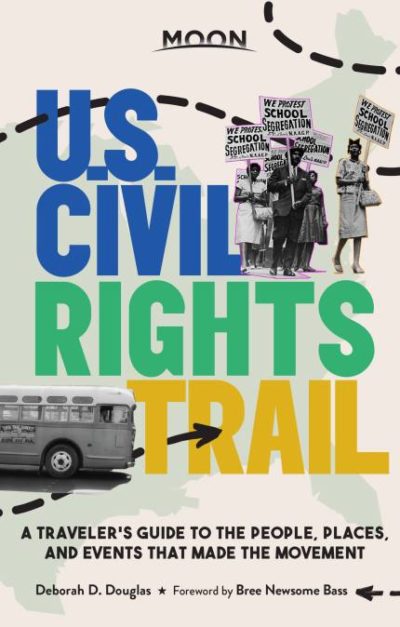
Admittedly, it can be hard to see hope in a pilgrimage that should feel like distant history but is instead all too present; when the Derek Chauvin trial leads the news, each week brings yet another police shooting, and voting rights are under attack in 43 states.
But where I get depressed, Douglas offers optimism. For every monument to a KKK-bombed church or lynched child, the Chicago-based journalist shows ways to celebrate Black culture in the South, such as a visit to the Delta Blues Museum or a romp through Atlanta’s soul food scene. She aims to “represent a fullness of being that includes pain but also joy.”
“Black people should not be defined by the worst possible thing that ever happened to them,” Douglas says.
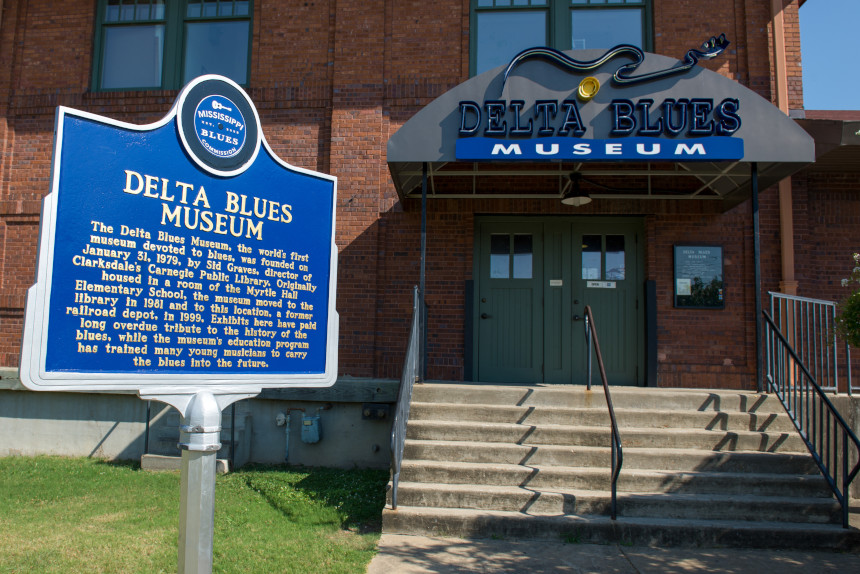
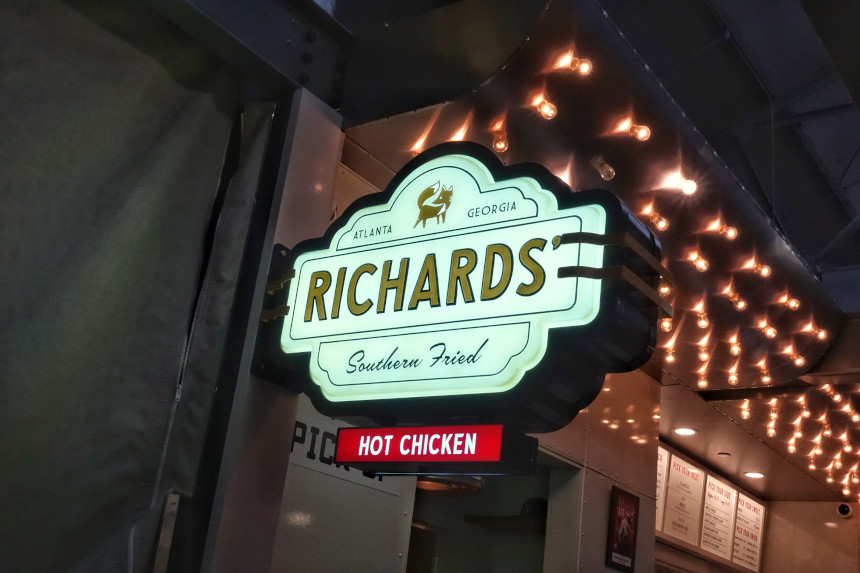
In a pandemic where we are not sure yet where we can travel safely, road trips have singular appeal. This year, when there have been too many martyrs to the cause of equal justice and the body count keeps rising, we can find inspiration in our past, says Douglas. “Though there is work to do, [the Civil Rights Trail] is an experience to appreciate the momentum and find joy in learning more about the movement.”
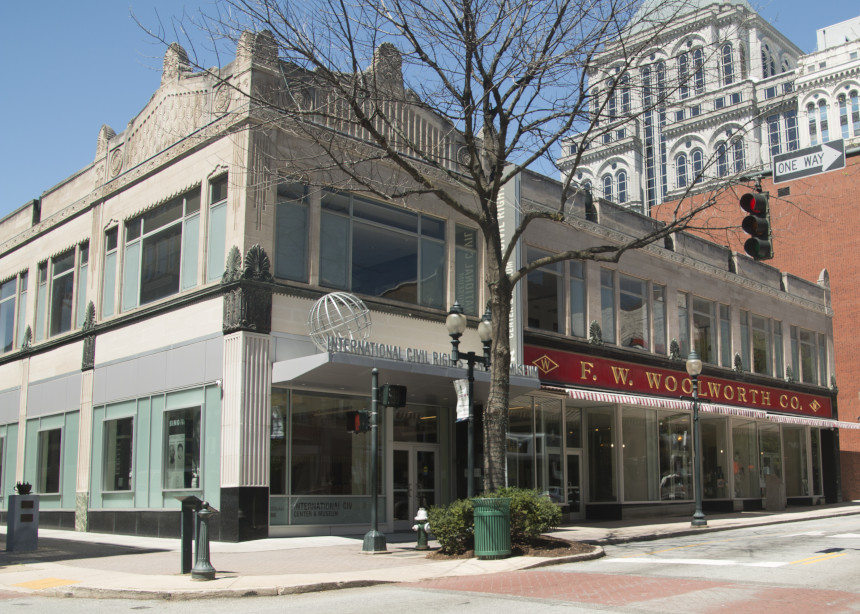
Travel offers us a way to physicalize history — we can literally walk in the footsteps of civil rights leaders, foot soldiers, and allies. America seems to be at yet another moment of historical inflection, much like the 1950s and ’60s, full of atrocities and promise. By seeing how much we have overcome, we can acknowledge just how far we have to go. The civil rights pilgrimage makes a practice of hope.
Featured image: The Edmund Pettus Bridge (James Kirkikis / Shutterstock)
Become a Saturday Evening Post member and enjoy unlimited access. Subscribe now
